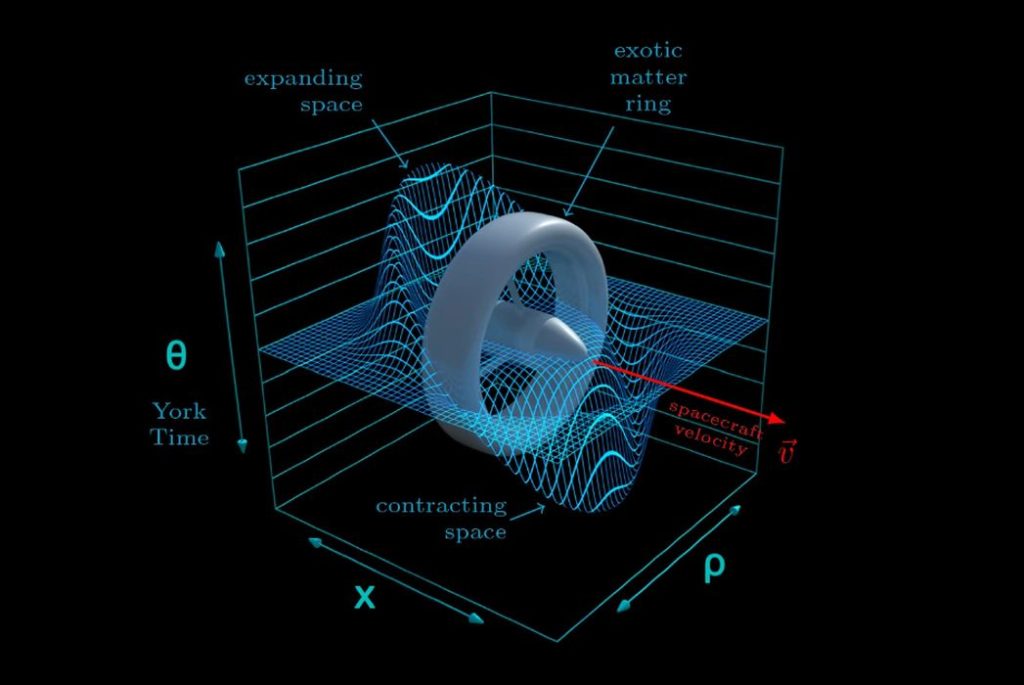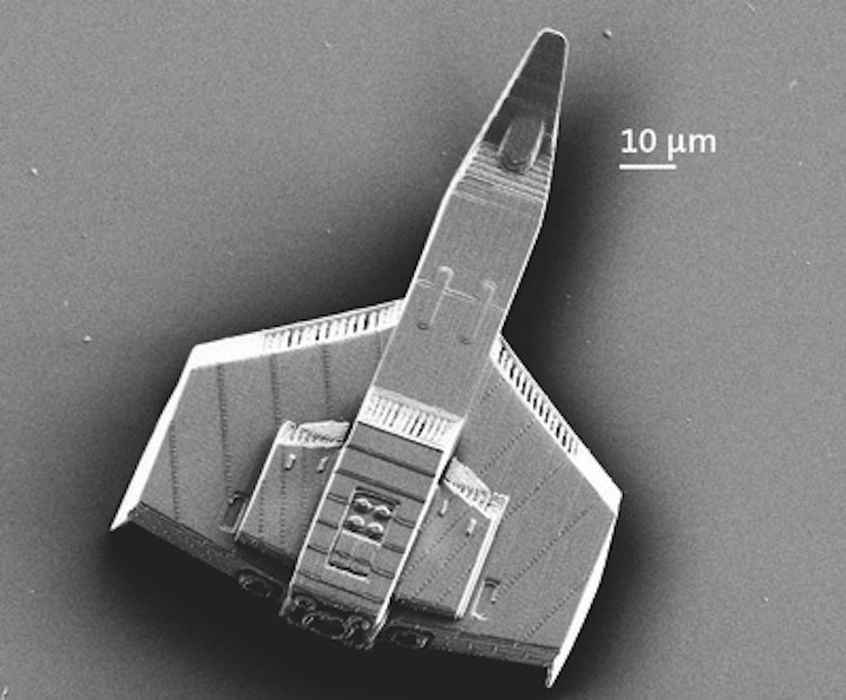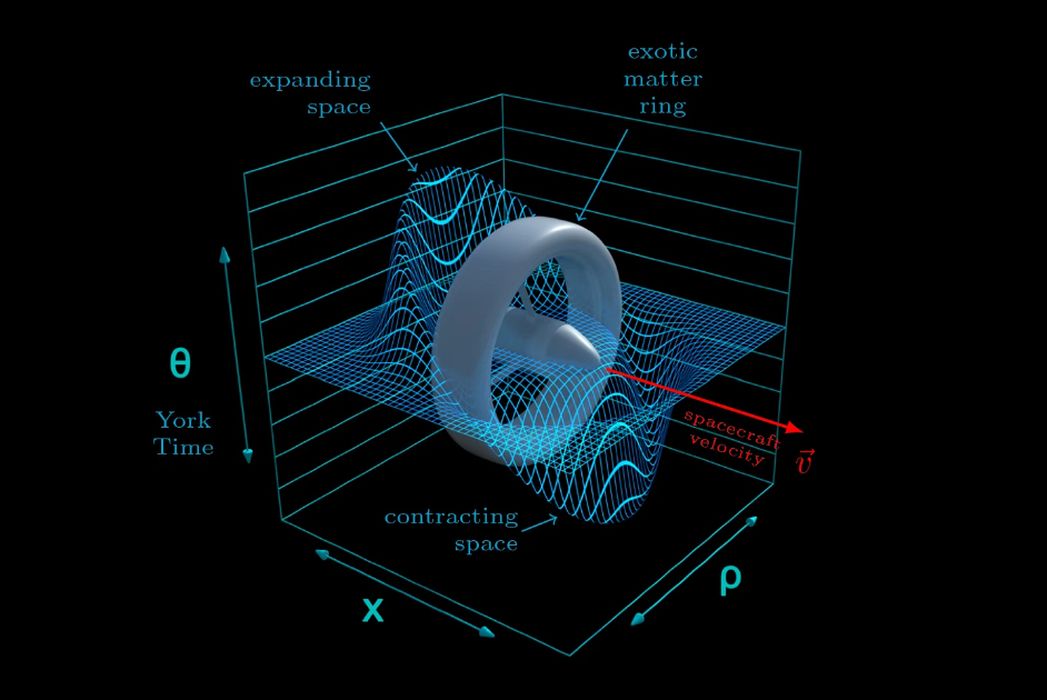
A curious scientific discovery could lead to a 3D printed space vehicle using warp drive, according to a recent announcement.
Where do I start with this story? I’m not certain this is real or imaginary, but there is evidence both ways. Perhaps it’s best to review the timeline in point form:
- In 1994, physicist Miguel Alcubierre proposed a “warp drive” concept in which spacetime could be bent in a way to allow faster than light travel, but while mathematically sound, it required ludicrously high energy levels. Basically, spacetime contracts in front of the vehicle and expands behind it, effectively shortening the distance to travel
- NASA’s Advanced Propulsion Physics Laboratory, a.k.a. “Eagleworks” is established in 2009 to investigate long-shot, high-impact futuristic space propulsion technology
- Eagleworks investigates a number of sketchy propulsion ideas hoping for a miraculous breakthrough, including the mysterious “EmDrive” that offers the ability to propel without reaction mass
- Eagleworks re-engineers the Alcubierre concept with new mathematics that suggests “warp bubbles” could be created with far less energy than originally suspected (NASA paper)
- Plenty of news buzz appears, given that NASA is apparently investigating outrageous ideas, providing some legitimacy
- In March 2021, the EmDrive concept is proven false by three separate papers
- The Eagleworks leader, Harold White, left NASA a year ago to join non-profit Limitless Space Institute
- The Limitless Space Institute continues to study a number of high-potential propulsion concepts, and issues grants to scientists to undertake the work
Now that you’re caught up, what happened?
While researching Casimir cavities (tiny gaps in spacetime that apparently generate particles and energy from nothing), White realized he had accidentally created an actual warp bubble that matched the characteristics of the Alcubierre concept, according to a report on The Debrief (paper here: “Worldline numerics applied to custom Casimir geometry generates unanticipated intersection with Alcubierre warp metric”)
The alleged warp bubble is extremely tiny, and cannot be used for any practical purpose, but the discovery of its creation could eventually lead to future development of extraordinarily fast space transport, much like you see in science fiction.
That is, if all of this is real and true. I’m still skeptical and want to learn more.
But what’s the next step? White and team will be testing the concept by building a “nano-scale warp drive craft” that attempts to leverage the phenomenon. White explained the nature of the test craft in a public presentation:
“Specifically, a toy model consisting of a 1-micron diameter sphere centrally located in a 4-micron diameter cylinder was analyzed to show a three-dimensional Casimir energy density that correlates well with the Alcubierre warp metric requirements.”
The Debrief asked White whether this has been constructed yet, and he responded:
“We have not manufactured the one-micron sphere in the middle of a 4-micron cylinder. We’d probably use a Nanoscribe GT 3D printer that prints at the nanometer scale.”
Readers may recall that Nanoscribe 3D printers are capable of printing microscopic objects, like this vehicle model:

However, the GT was announced almost ten years ago, and the company has since launched a more powerful device, the Quantum X. Perhaps White and the LSI team should consider this device instead?
If you’re made it this far into the story, I am sure you’re as intrigued about this development as I am. It’s quite possible this research is way off track, but on the other hand, it just might be the future of interstellar civilization.
I think that’s worthy of further investigation, don’t you?
Via The Debrief

